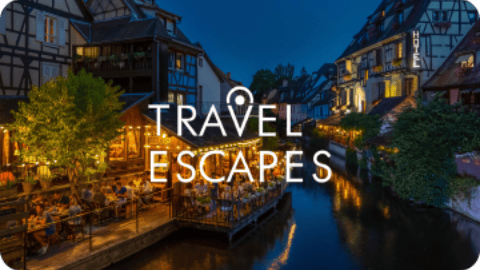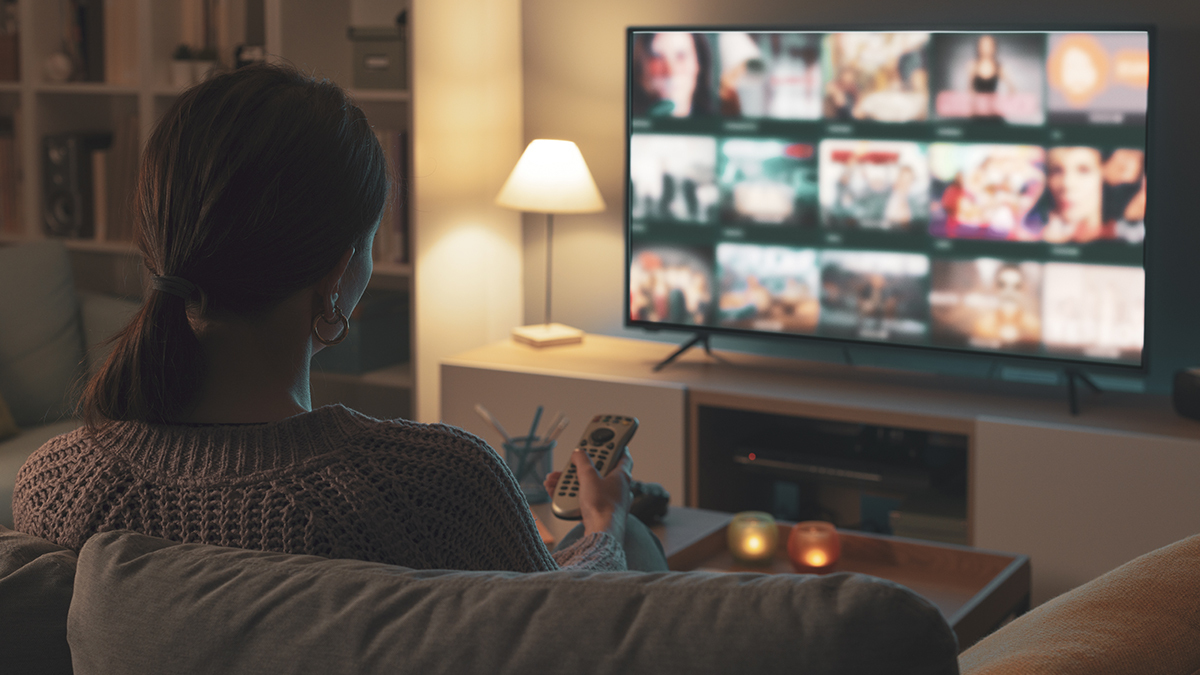Enter free ad-supported streaming television, or FAST. Offering audiences no-cost, no-commitment access to content and a user experience that is startlingly similar to traditional TV - ad breaks and all - the format is widely hailed as a win-win for everyone involved. For viewers, it’s free access to a host of entertainment choices. For content publishers, many of whom were burned by declines in referral traffic from social media, it’s a new way to reach large audiences. And for advertisers, it brings the opportunity to better target more receptive audiences.
With so many benefits and so few (immediately apparent) downsides, the industry writ large has stepped up to seize the shiny new strategy. For early adopters like Jukin Media, it was a case of “if you build it, they will come.” They already had a highly solid, UGC-based business and an enormous existing audience base when they launched their first FAST channel in 2017–before the term FAST was even coined. Buoyed by soaring pandemic-era viewing, the channels were a big success. In 2021, Jukin’s FailArmy and Pet Collective channels were added to Sling TV. By August of that year, the company was acquired by Trusted Media Brands, parent of Reader’s Digest.
Fast forward (no pun intended) a handful of years and we’ve gone from zero to over 2000 channels. Along with that rapid growth is the rapid growth of an ecosystem around them. There is absolutely no shortage of vendors promising a fast FAST setup. Still, we’re hearing far fewer FAST Cinderella stories like that of Jukin. It’s not because FAST is a “too good to be true” fairytale. It’s because creating a channel is only the prologue. What comes next is the real saga.
For those looking to get into FAST as well as those looking to boost their existing channel success, here are a few of the challenges along with suggestions for making the path to FAST success a smoother journey.
Programming Pitfalls
Content strategy is easy if you’ve got a FAST channel based on a well-known, beloved IP. Smaller publishers, brands and content owners have a bigger challenge. Not only do you need a lot of content - about 200 hours to start - it has to be licensed, high-quality content that is also compelling to both audiences and platforms.
That “compelling” is getting harder as the number of channels grows. In the early days, FAST platforms were hungry for nearly any type of content. Content creators like Tastemade had no problem getting distribution after launching channels about topics like cooking, especially since they had already built a massive audience on social media. Now, however, FAST platforms are awash in that type of content. Instead of adding new cooking channels, they’re looking to pare down to those that cost the least and benefit them the most. Anyone launching a cooking channel today is facing a very steep uphill climb.
But it’s not entirely impossible to launch a successful FAST channel today. You just have to be strategic about it. First and foremost, you need to identify the white space in which independent competition is possible. The most obvious choice would be a topic where there is no existing, dominant brand or IP.
You can also uncover opportunity by looking outside the US, where the FAST market is far less saturated. For example, while it may be incredibly difficult to get distribution via Samsung domestically, the company has an enormous international footprint for which they may still be in the content acquisition stage. If you’re able to launch a channel that fulfills an international need, you may be able to get distribution elsewhere. Then, after building a relationship, showcasing your capabilities as a partner and establishing a track record of performance, there may be an opportunity that wouldn’t otherwise exist.
For content creators and owners, there’s another option in which you forgo the idea of your own channel all together. As highlighted in a recent CNBC article, streaming platforms are facing incredible pressure to cut costs while still competing for viewers. Differentiation is becoming more critical than quantity. Major companies are becoming either buyers or sellers as well as creators of their own channels. Vizio, for one, has a number of its own FAST channels for which they need a supply of fresh content. Instead of competing with them, you, the rights holder, can be a source instead of entering the crowded field of publishing yourself.
Channel operators already in the market are facing a different set of issues that are both more challenging and resource intensive than they anticipated. One is the sheer quantity of new material that’s required. While it’s possible for a channel to launch with 150 hours of programming, that’s not enough to keep it “fresh” and maintain an audience. To keep up with the ideal refresh rate of 20% per month, you would either need to produce or acquire more. Without a huge team and budget to create originals, licensing becomes an attractive option for keeping content fresh at the same time costs are manageable.
The Carriage Conundrum
When it comes to FAST, content may be king, but distribution is King Kong. As of 2023, Nielsen estimated that there were 87 streaming video sources available in the U.S. When it comes to FAST, however, there are only 25 or so with high enough adoption to matter. Even Jukin and Tastemade, which brought their FAST offerings to market when platforms were adding channels like bandwidth was free, had the benefit of established brands and huge audiences.
Today, each platform has its own set of criteria, but one that’s common across the board is that a channel brings in net new audience. Publishers are increasingly cautious and thoughtful. If you don’t already have a sizable following ready to sign up to a new FAST service, you’ll have trouble finding carriage. And, even if you’re able to get carriage based on your previous track record of success with a sizable, dedicated audience, the challenge of viewership is never going to go away.
Enter the problem of discoverability. When there are 2000 channels in the market, you need to make sure audiences are finding yours. The platform will help promote the new channel in the beginning. After that, the responsibility for building viewership becomes the channel owner’s and marketing becomes critical. The platforms themselves offer paid opportunities for exposure within their “owned” media, which include improved channel placement in the electronic programming guide, which can significantly boost discoverability. Given the “new audience” need, you also need to devote resources to consumer marketing. This includes money, but also time and effort because you have to figure out where and how to capture the attention of potential viewers.
Metrics that Matter
In addition to their ability to bring in a net new audience, channels are evaluated by platforms based on a few key performance indicators. Hours of viewing is at the top of that list. Now, we’ve already established that starting a channel requires about 200 hours of programming. That’s a lot, but it’s not so much that even a dedicated audience will lose interest. To maintain, or better, grow your numbers, you need to keep refreshing the content. The ideal rate is about 20% per month, or about 40 hours. If you don’t have a giant catalog at your fingertips, this pace can be difficult to sustain.
Even if you do have a wealth of programming, it’s critical that you constantly monitor performance and revise strategy to ensure optimal results. This is where data comes in. What devices are viewers using? At what times is something performing well vs. at what times is it not? These are things that you need to be constantly aware of, and, equally critically, things you need to be able to respond to. When my company started in FAST, we programmed a channel for a month. Now, we look at performance every single day and shift our programming strategy accordingly. It’s an intense process, but it’s one that’s enabled us to drive a 50% increase in average session minutes while more than doubling our unique user sessions.
There’s still tremendous opportunity in FAST; however, you need to go in with your eyes wide open to the realities. Launch is square one. Getting that channel off the ground requires you provide compelling, non-commoditized content that will attract audiences. Once you’ve developed an effective content strategy and secured distribution one of the many FAST services, you’ve got to keep that performance up. That requires a robust strategy that includes constant monitoring, analysis, addition and modification. For those who don’t have the resources in-house, just think of it like any other part of business: doing it right means NOT doing it all yourself. With the right partners, it’s easier to put all the pieces together and make your FAST channel a success.







